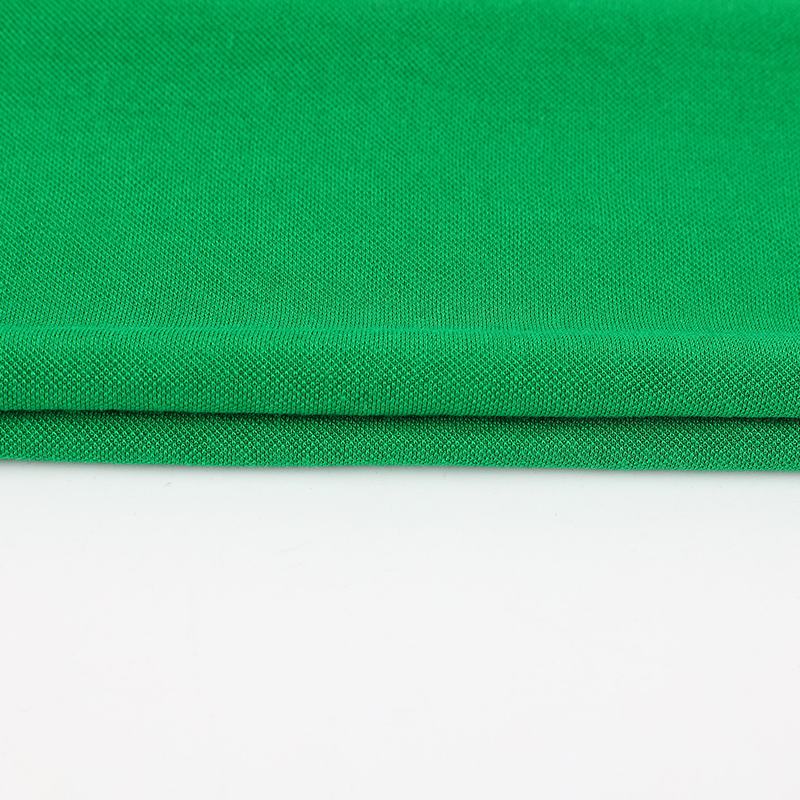 0571-82995618
0571-82995618 [email protected]
[email protected]- 中国混纺面料制造商
织物在织造时,经纬结构变化形成花纹,纱支精细,对原棉要求极高。 可分为梭织、经编提花和纬编提花。 纬编针织物在横向和纵向拉伸时具有良好的弹性,而经编和机织提花织物在横向和纵向拉伸时没有弹性。
洗涤:衣物采用以蛋白质为基础的细腻保健纤维制成。 不适合摩擦粗糙的物品并用洗衣机洗涤。 衣服应在冷水中浸泡5-10分钟。 用专用蚕丝洗涤剂合成低泡洗衣粉或中性洗衣粉。 用肥皂轻轻擦拭,(如果你是洗丝巾等小织物,最好用洗发水),用清水反复冲洗彩色丝绸衣服。

Drying: After washing, clothing should not be exposed to the sun, nor should it be heated with a dryer. Generally, it should be dried in a cool and ventilated place. Because the ultraviolet rays in the sun easily make silk fabrics yellow, fade and age. Therefore, after washing silk garments, it is not advisable to twist them to remove the water. They should be gently shaken, and the reverse side should be spread out to air. Let it be 70% dry before ironing or shaking.
Ironing: The anti-wrinkle performance of clothing is slightly worse than that of chemical fiber, so there is a saying that "no wrinkle is not real silk". After washing, the clothes are wrinkled and need to be ironed to be firm, elegant and beautiful. When ironing, let the clothes dry until 70% dry, then spray water evenly, wait 3-5 minutes before ironing, the ironing temperature should be controlled below 150°C. The iron should not directly touch the silk surface to avoid aurora.
Preservation: Preserve clothing. For thin underwear, shirts, trousers, skirts, pajamas, etc., wash them first, iron them dry, and store them. For autumn and winter clothing, jackets, Hanfu, and cheongsam that are inconvenient to take apart and wash, they should be cleaned with dry cleaning until they are ironed to prevent mildew and moth. After ironing, it can also play the role of sterilization and pest control. At the same time, the boxes and cabinets storing clothes should be kept clean and sealed as far as possible to prevent dust pollution.